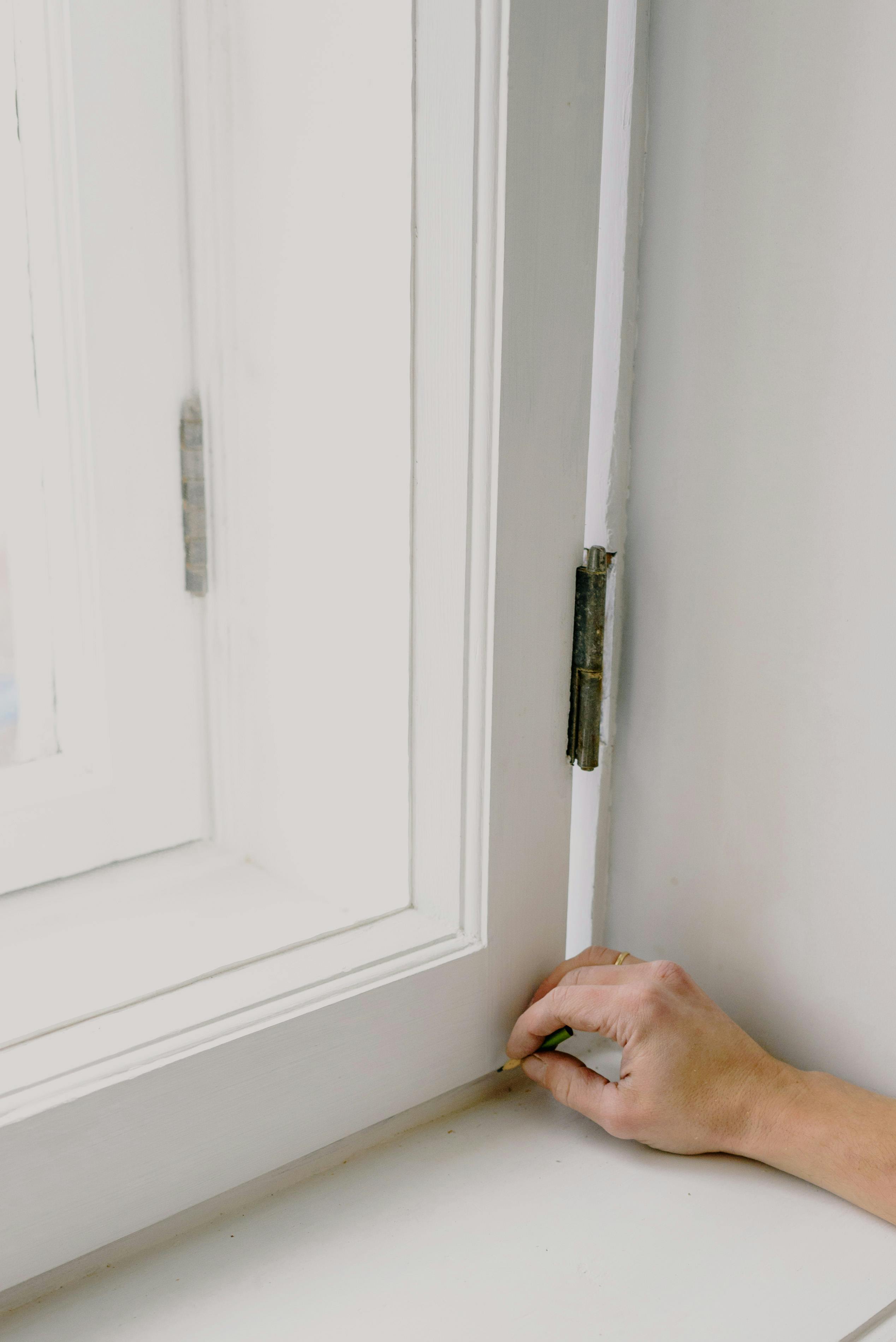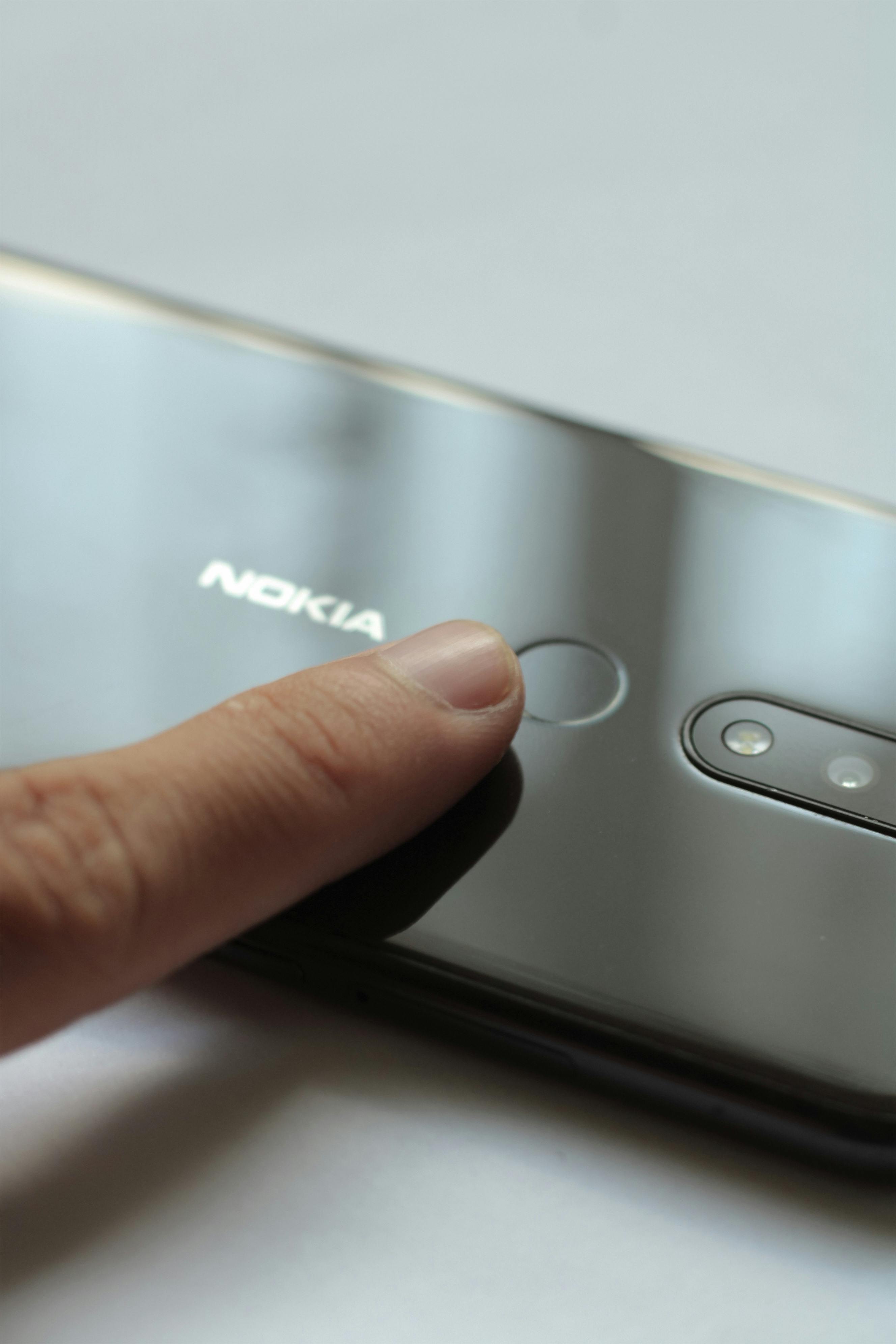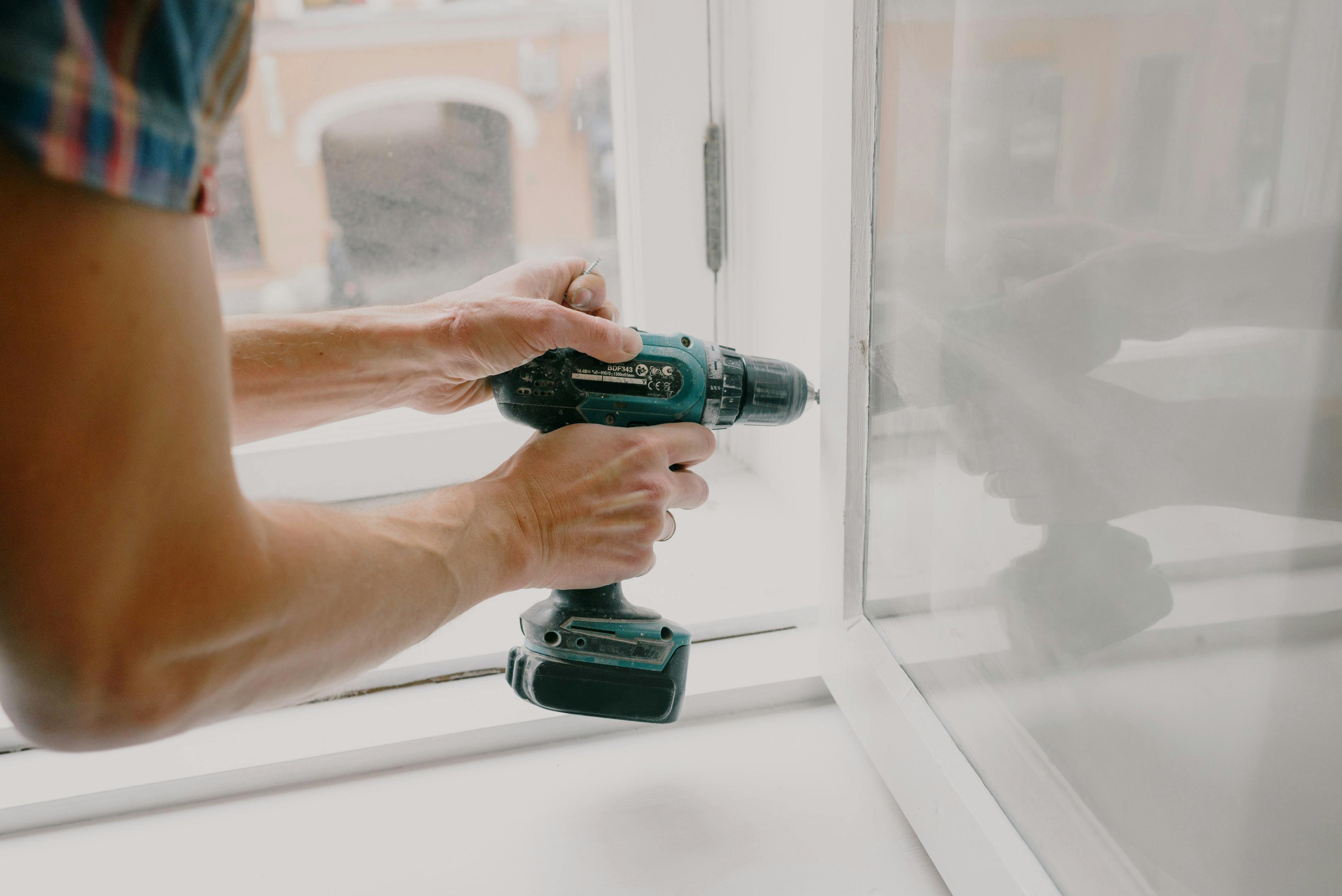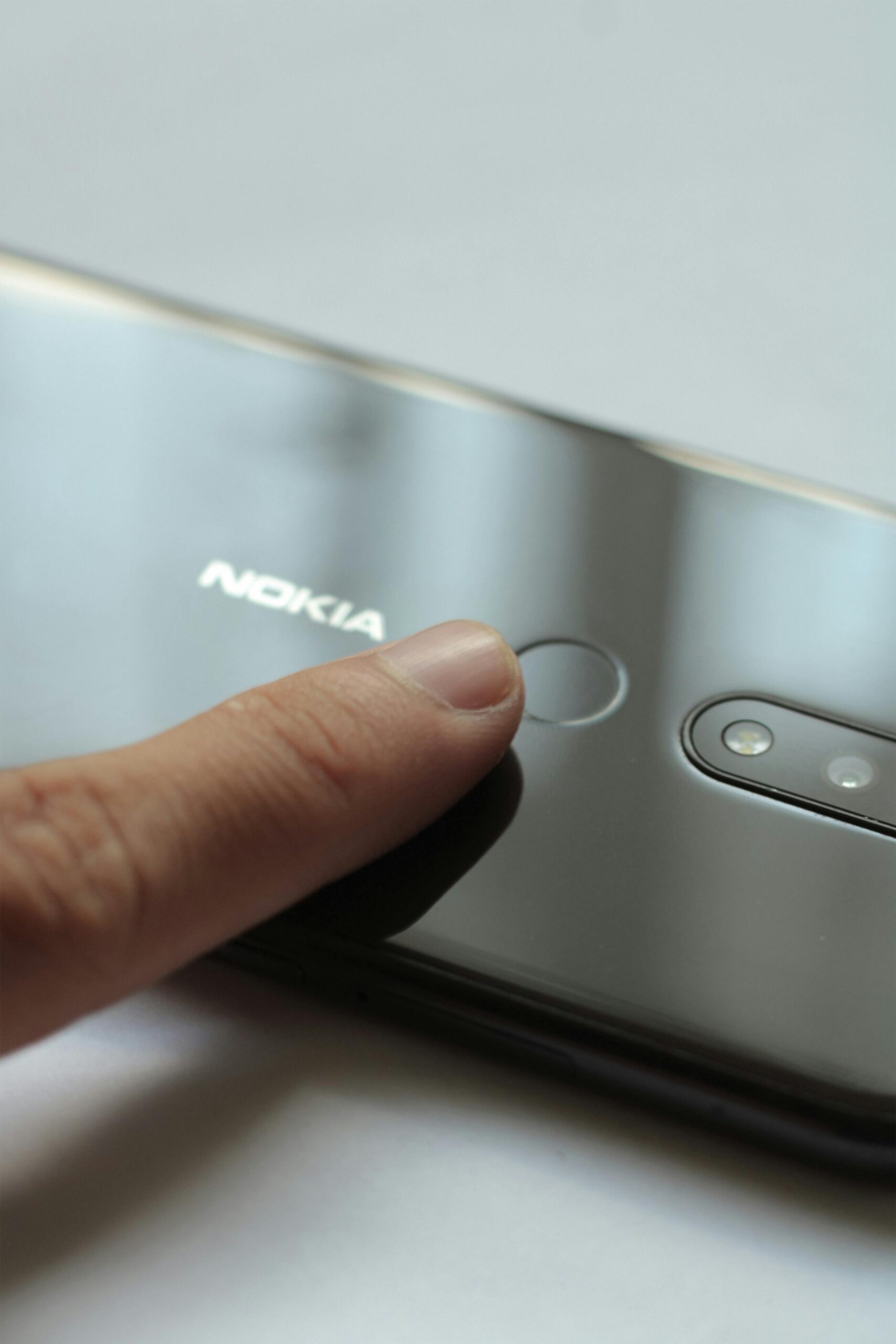Unlocking your PC has never been easier with Windows 11’s fingerprint sensor, but what happens when you experience frustrating fingerprint sensor lag? If you’ve ever found yourself tapping impatiently at your device, waiting for it to recognize your fingerprint, you’re not alone. This issue can be a significant annoyance, especially in a world where speed and efficiency are paramount. In this article, we’ll dive into effective solutions to solve Windows 11 fingerprint sensor lag and help you regain that quick access you expect and deserve.
Have you ever wondered why your fingerprint sensor takes forever to respond? It could be due to outdated drivers, software glitches, or even hardware issues. Understanding these factors is essential for troubleshooting and ensuring seamless access to your device. With Windows 11 being a relatively new operating system, many users are still navigating its features and potential hiccups. Don’t let lag slow you down! In the following sections, we will provide you with easy-to-follow steps that can dramatically improve the performance of your fingerprint sensor.
Say goodbye to those annoying delays! Whether you’re rushing to check your email or diving into an important project, a responsive fingerprint login can make all the difference. Our guide is designed to equip you with the knowledge to tackle and fix any fingerprint sensor issues you may encounter. Ready to unlock fast access today? Let’s get started on the road to a smoother, quicker login experience with your Windows 11 device!
Top 7 Proven Methods to Eliminate Fingerprint Sensor Lag on Windows 11

If you are among the many Windows 11 users facing delays with your fingerprint sensor, you’re not alone. Many people experience this frustrating lag when trying to access their devices quickly. Thankfully, there are proven methods to solve this issue and enhance your overall user experience. Below, we explore the top 7 ways to eliminate fingerprint sensor lag on Windows 11, so you can unlock your device without the annoyance of delays.
1. Update Drivers Regularly
Keeping your drivers current is super important. Outdated drivers can cause many issues, including lag. Make sure to frequently check for updates for your fingerprint reader. You can usually do this through the Device Manager. Right-click on the Start button, select Device Manager, and find your fingerprint scanner under Biometric Devices. Right-click and choose “Update driver” to get the latest version.
2. Optimize Power Settings
Power settings can sometimes interfere with device performance. If your laptop is set to power-saving mode, it might slow down the fingerprint reader. Try switching to High Performance mode. You can do this by going to Control Panel, then Hardware and Sound, and finally Power Options. Select “High Performance” to see if it makes a difference.
3. Clean the Fingerprint Sensor
Sometimes, it’s not your device but a dirty sensor. Dust, oils from your fingers, or smudges can cause recognition issues. Use a microfiber cloth to gently clean the fingerprint sensor. Make sure to turn off your device before doing this to avoid accidental recognition while cleaning.
4. Remove and Re-add Fingerprints
If your fingerprint sensor is still lagging, try removing and re-adding your fingerprints. This can reset the recognition process and improve speed. Go to Settings, then Accounts, and Biometrics. Delete the existing fingerprints and re-register them. Make sure to use different angles and parts of your finger for better recognition.
5. Disable Unnecessary Startup Programs
Sometimes, programs running in the background can slow down your device. Go to Task Manager by pressing Ctrl + Shift + Esc, and check the Startup tab. Disable any programs you do not need at startup. This can free up resources and help your fingerprint sensor respond faster.
6. Adjust Windows Biometric Settings
Windows 11 has specific settings for biometric devices. Navigate to Settings, then Privacy & Security, and click on Fingerprint Recognition. Make sure all settings are configured correctly. If you find any unusual settings, try changing them back to default to see if it helps.
7. Perform System Updates
Lastly, keeping your operating system updated is crucial. Microsoft regularly releases updates that can improve performance and resolve bugs. To check for updates, go to Settings, select Windows Update, and click on “Check for updates.” Always ensure your system runs the latest version available.
Summary of Solutions
Here’s a quick overview of the methods discussed:
- Update Drivers Regularly: Ensure drivers are up-to-date.
- Optimize Power Settings: Switch to High Performance mode.
- Clean the Fingerprint Sensor: Keep the sensor clean.
- Remove and Re-add Fingerprints: Reset recognition by re-adding fingerprints.
- Disable Unnecessary Startup Programs: Free up resources by disabling startup programs.
- Adjust Windows Biometric Settings: Ensure settings are configured correctly.
- Perform System Updates: Keep your OS updated for best performance.
By following these seven methods, you can solve Windows 11 fingerprint sensor lag problems and unlock fast access to your device. Embrace these techniques and enjoy a smoother experience with your fingerprint sensor. It’s all about making your technology work for you!
Is Your Windows 11 Fingerprint Sensor Slow? Here’s How to Fix It in 5 Simple Steps!

Have you been feeling frustrated with your Windows 11 fingerprint sensor lagging? You’re not alone! Many users in New York and beyond have reported issues with slow fingerprint recognition, which can be super annoying when you just wanna get to work fast. Luckily, there are some easy fixes to get your fingerprint sensor back on track. Follow these five simple steps and you’ll be unlocking your device in no time!
Check for Windows Updates
First thing you gotta do is check if your Windows 11 is updated. Microsoft often releases updates that fixes bugs and improve performance. To do this, follow these steps:
- Click on the Start menu.
- Go to Settings.
- Select “Windows Update.”
- Click on “Check for updates.”
If there are updates available, install them. After the updates, your fingerprint sensor might work smoother.
Clean Your Fingerprint Sensor
Sometimes, it’s just dirt or smudges that’s slowing down your sensor. Make sure you clean it regularly. Use a microfiber cloth to gently wipe the sensor. Avoid using harsh chemicals or abrasive materials, as it can damage the sensor. Keeping it clean help it works better and faster.
Reset Fingerprint Data
If the fingerprint recognition is still slow, you might need to reset your fingerprint data. Here’s how:
- Go to Settings again.
- Click on “Accounts.”
- Select “Sign-in options.”
- Under “Fingerprint,” click on “Remove” to delete existing fingerprints.
- Then, click on “Add” to re-register your fingerprints.
When you re-register, make sure to swipe your finger in various angles. This can help the sensor recognize your fingerprint more effectively.
Adjust Power Settings
Another thing that can affect your fingerprint sensor’s speed is your power settings. Sometimes, the power-saving mode can slow down hardware performance. Here’s how to adjust it:
- Go to Settings.
- Click on “System,” then “Power & battery.”
- Under “Power mode,” select “Best performance.”
This mode helps ensure that all your device’s features, including the fingerprint sensor, works efficiently.
Update Drivers
Lastly, outdated or incompatible drivers can cause problems too. Make sure you keep your drivers up-to-date. Here’s a quick guide to update your drivers:
- Right-click on the Start menu and select “Device Manager.”
- Expand the “Biometric devices” section.
- Right-click on your fingerprint device and select “Update driver.”
- Choose “Search automatically for drivers.”
This process will check for any available updates and install them.
So, if you’re tired of your fingerprint sensor acting slow, these steps should help you solve Windows 11 fingerprint sensor lag. Keep in mind, technology can be unpredictable and sometimes it takes a little trial and error to get things just right. If all else fails, consider reaching out to Microsoft support or visiting a tech specialist in New York for more tailored help.
Don’t let slow access hold you back from your productivity! With these tips, you’ll be on your way to a faster unlocking experience and getting back to what’s important.
Why Is My Fingerprint Sensor Lagging on Windows 11? Common Causes and Solutions Explained

Is your fingerprint sensor lagging on Windows 11? You’re not alone. Many users have noticed that their fingerprint sensors, which are supposed to provide fast access to their devices, can sometimes be sluggish or unresponsive. This can be super frustrating, especially when you’re in a hurry. Let’s dive into the common causes of this issue and explore some solutions to help optimize your fingerprint sensor performance.
Common Causes of Fingerprint Sensor Lag
There are several reasons why your fingerprint sensor may not working as it should. Understanding these can actually help you tackle the problem more effectively:
-
Driver Issues: Outdated or corrupted drivers can cause significant lag. Drivers are crucial for hardware communication. If your fingerprint sensor driver is not updated, it may not function properly.
-
Software Conflicts: Sometimes, other software running on your Windows 11 can interfere with the fingerprint sensor. Antivirus programs or other security software is often the culprits.
-
Hardware Problems: Physical issues with the fingerprint sensor itself can also lead to lag. Dust, dirt, or even moisture can hinder its performance.
-
Windows Updates: Occasionally, a new Windows update could affect how the fingerprint sensor works. This may happen if the update introduces new features or changes.
-
Power Settings: If your device is in a power-saving mode, it might limit the performance of the fingerprint sensor.
Solutions to Fix Fingerprint Sensor Lag
Now that you know some common causes, let’s look at ways you can solve Windows 11 fingerprint sensor lag:
-
Update Drivers:
- Go to Device Manager by right-clicking on the Start button.
- Locate ‘Biometric devices’ and expand it.
- Right-click on your fingerprint sensor and select ‘Update driver’.
- Follow the prompts to search for updates automatically.
-
Check for Software Conflicts:
- Temporarily disable your antivirus software and see if the lag persists. If it works fine, you may need to adjust settings or consider alternative programs.
-
Clean the Fingerprint Sensor:
- Use a soft cloth to gently clean the sensor. Make sure there’s no dirt or moisture that could be impacting its functionality.
-
Adjust Windows Power Settings:
- Go to Settings > System > Power & battery.
- Select ‘Additional power settings’ and choose ‘High performance’. This can help ensure everything runs smoothly.
-
Run Windows Update:
- Check for any pending updates. Go to Settings > Windows Update and click ‘Check for updates’. Install any available updates.
-
Reset Fingerprint Data:
- Sometimes, the enrolled fingerprints can get corrupted. Delete the existing fingerprints and set them up once again. You can find this option in Settings > Accounts > Sign-in options.
Quick Checklist
Here’s a handy checklist to follow when troubleshooting your fingerprint sensor:
- [ ] Update drivers
- [ ] Disable conflicting software
- [ ] Clean the sensor
- [ ] Adjust power settings
- [ ] Run Windows updates
- [ ] Reset fingerprint data
These steps should help improve the speed and responsiveness of your fingerprint sensor on Windows 11. It’s always better to keep your system updated and regularly maintain your hardware.
If your fingerprint sensor still lagging after trying these solutions, it might be time to seek professional help or consider replacing the hardware. Fast access is just a few steps away, so don’t let lag keep you from unlocking your device with ease!
Boost Your Windows 11 Security: 6 Expert Tips to Resolve Fingerprint Sensor Delays

In today’s fast-paced digital world, having a reliable security system on your Windows 11 device is critical. Unfortunately, many users experience annoying lag when using fingerprint sensors. This can lead to frustration and unwanted delays, especially when you need to access your device quickly. Luckily, there are expert tips that can help you boost your Windows 11 security while resolving those fingerprint sensor delays. Let’s dive right into it!
Keep Your Drivers Updated
First and foremost, keeping your drivers up to date is crucial. Outdated drivers can cause various issues, including lag in fingerprint recognition. To check for updates:
- Go to Device Manager.
- Expand the section labeled “Biometric devices.”
- Right-click on your fingerprint sensor and select “Update driver.”
- Follow the prompts to install any available updates.
Regularly checking for updates can save you time and hassle down the line.
Adjust Fingerprint Settings
Did you know that adjusting your fingerprint settings can also help? Sometimes, the settings are not optimized for your specific needs. Here’s what you can do:
- Open Settings.
- Navigate to Accounts and select Sign-in options.
- Under “Windows Hello Fingerprint,” make sure to remove and re-add your fingerprints.
This helps Windows relearn your fingerprint, which can reduce lag significantly.
Clean Your Fingerprint Sensor
It’s easy to overlook, but dirt and smudges on the fingerprint sensor can cause recognition delays. A simple cleaning can make a world of difference. Use a microfiber cloth to gently wipe the sensor clean. Make sure it’s dry and free from any moisture. A quick cleaning routine can keep your sensor in top shape!
Disable Unused Biometric Devices
Sometimes, having multiple biometric devices can confuse your system. If you have additional fingerprint sensors or other biometric devices that you don’t use, it might be a good idea to disable them. Here’s how:
- Go back to Device Manager.
- Right-click on any unused devices and select “Disable device.”
This can help streamline the recognition process and reduce lag.
Optimize Power Settings
Did you know that your power settings can affect your fingerprint sensor’s performance? If your device is in a power-saving mode, it might not allocate enough resources to the fingerprint sensor. To optimize your settings, do the following:
- Open Control Panel.
- Go to Power Options.
- Select “High performance.”
This ensures that your device runs at its best, allowing quicker fingerprint recognition.
Use a Different Finger
Finally, sometimes the simplest solution is to try using a different finger. Your primary finger may not always be the best choice for the sensor. Consider adding fingerprints from other fingers that are just as convenient for you. It can improve the recognition speed and reduce frustration when attempting to unlock your device.
Fingerprint sensors are a great feature of Windows 11, but delays can be annoying. By following these expert tips, you can solve Windows 11 fingerprint sensor lag and unlock fast access to your device today. Whether it’s cleaning the sensor or adjusting your settings, these steps are easy and effective. Staying secure while ensuring convenience is key in today’s tech-driven landscape. Embrace these tips and enjoy a seamless experience with your Windows 11 device!
Unlocking Efficiency: The Ultimate Guide to Fixing Windows 11 Fingerprint Sensor Lag

In today’s fast-paced digital world, efficiency is a must. Windows 11 has introduced several features to enhance user experience, but some users encounter frustrating lag when using the fingerprint sensor. This can be very annoying, especially when you rely on it for quick access to your device. If you’re suffering from Windows 11 fingerprint sensor lag, don’t worry. This guide will help you solve it and unlock fast access today!
Understanding Fingerprint Sensor Lag
Fingerprint sensors are designed to provide a seamless and secure way to log into your device. However, lag can happen due to various factors. Sometimes, it’s the software, while other times it could be hardware issues. Knowing the roots of the issue is important. Here are some common causes:
- Outdated Drivers: Drivers control how the hardware operates. If they are outdated, your fingerprint sensor may not work properly.
- Software Conflicts: Sometimes, apps running in the background can interfere with the fingerprint recognition process.
- Hardware Issues: Dust, grime, or physical damage can also cause the sensor to lag.
- Settings Misconfigurations: Improper settings can affect how quickly the fingerprint sensor responds.
Steps to Fix Windows 11 Fingerprint Sensor Lag
To effectively solve Windows 11 fingerprint sensor lag, follow these steps.
-
Update Drivers:
- Go to Device Manager.
- Find the biometric devices section.
- Right-click on your fingerprint device and select “Update driver.”
- Choose “Search automatically for updated driver software.”
-
Check for Windows Updates:
- Press Windows + I to open Settings.
- Click on “Windows Update.”
- Select “Check for updates” and install any pending updates.
-
Adjust Power Settings:
- Go to Control Panel.
- Click on “Hardware and Sound,” then “Power Options.”
- Choose “Change plan settings” and then “Change advanced power settings.”
- Look for USB settings and make sure they are set to “Enabled.”
-
Clean the Sensor:
- Use a soft, lint-free cloth to gently clean the fingerprint sensor.
- Ensure there is no debris or moisture on the sensor.
-
Reconfigure Fingerprint Settings:
- Go to Settings > Accounts > Sign-in options.
- Remove the current fingerprint and add it again.
- Ensure your finger is positioned correctly during the setup.
-
Disable Background Apps:
- Go to Settings > Privacy > Background apps.
- Turn off apps that you don’t need running in the background.
Additional Tips for Better Performance
- Use an Alternative Login Method: If you continue facing issues, consider using a PIN or password as a backup.
- Regular Maintenance: Keeping your device clean and updated can prevent future issues.
- Check Online Forums: Other users might have faced similar problems. Communities can provide useful troubleshooting steps.
Comparison of Fingerprint Sensors in Different Devices
| Device | Fingerprint Sensor Type | Speed | User Rating |
|---|---|---|---|
| Surface Laptop 4 | Integrated Sensor | Fast | 4.5/5 |
| Dell XPS 13 | Integrated Sensor | Moderate | 4.2/5 |
| HP Spectre x360 | Integrated Sensor | Very Fast | 4.6/5 |
Using the right device can also influence your experience with fingerprint sensors. Some models are known for their efficiency and speed.
Fixing the lag of your fingerprint sensor on Windows 11 can lead to a much smoother and quicker user experience. By following the above steps, you can regain that seamless access you once enjoyed. Don’t let lag slow you down; unlock your device efficiently and enjoy the benefits of modern technology. Embrace the advancements while ensuring you’re not hindered by simple issues like lag.
Conclusion
In conclusion, addressing the fingerprint sensor lag in Windows 11 is essential for enhancing user experience and ensuring efficient device security. Throughout this article, we explored various causes of the lag, including outdated drivers, improper settings, and potential hardware issues. We provided practical solutions such as updating drivers, adjusting power settings, and recalibrating the fingerprint sensor, which can significantly improve responsiveness. It’s crucial to regularly maintain your device by checking for software updates and troubleshooting any anomalies that arise. By taking these steps, you can enjoy a seamless and secure login experience. If you continue to face issues despite these fixes, consider reaching out to customer support or exploring hardware upgrades. Don’t let lag hinder your productivity—implement these strategies today and unlock the full potential of your Windows 11 device!

